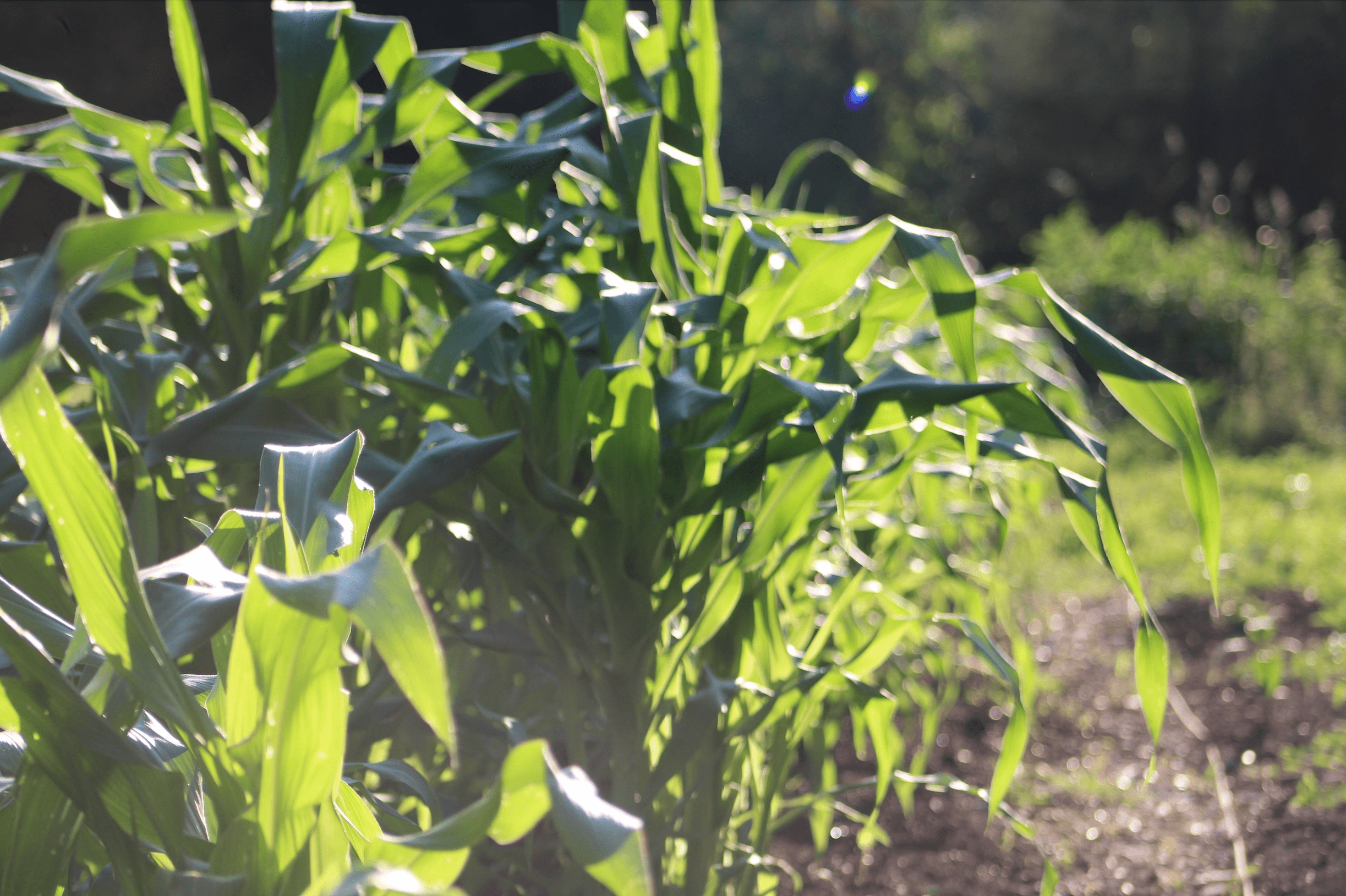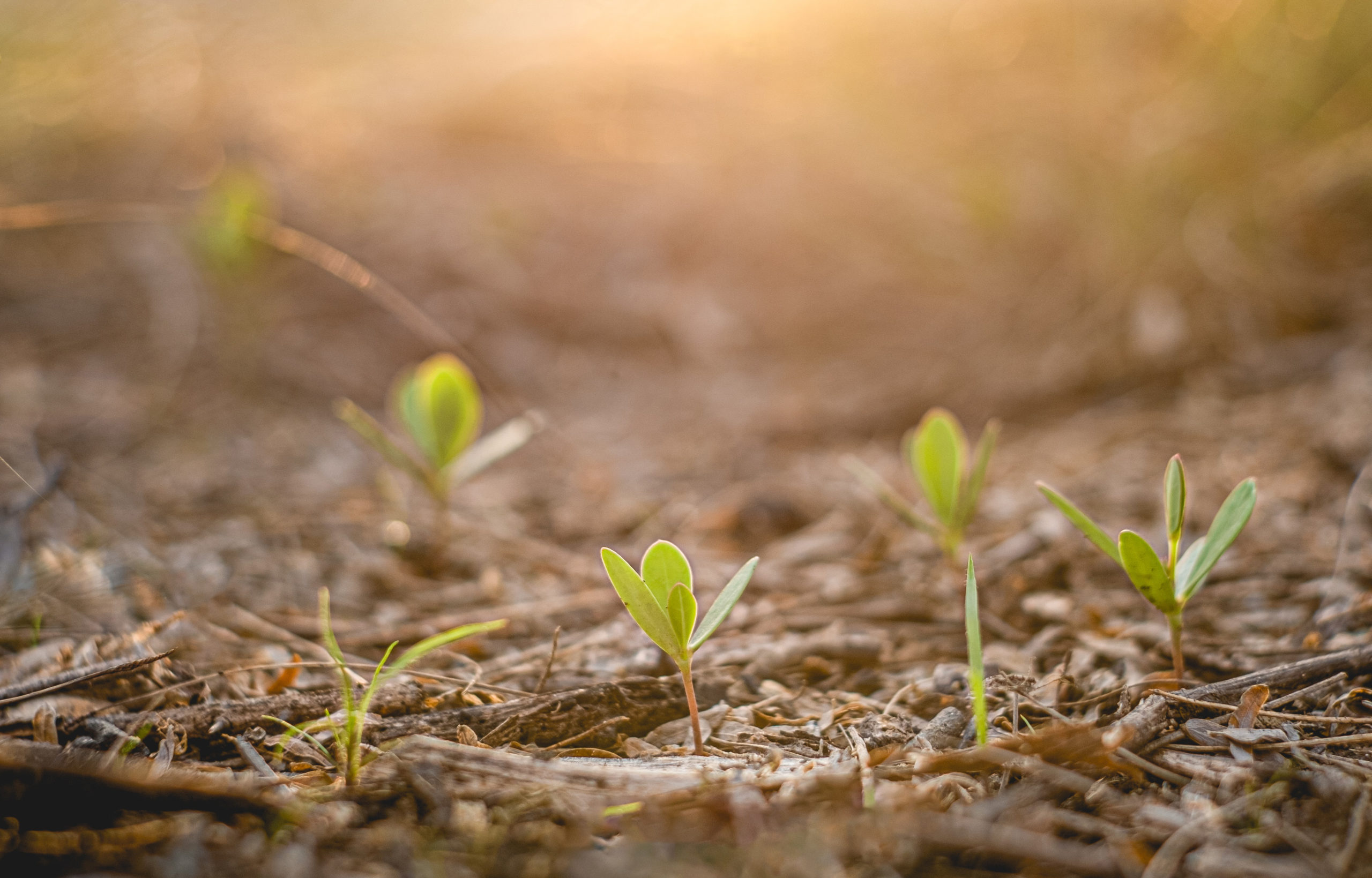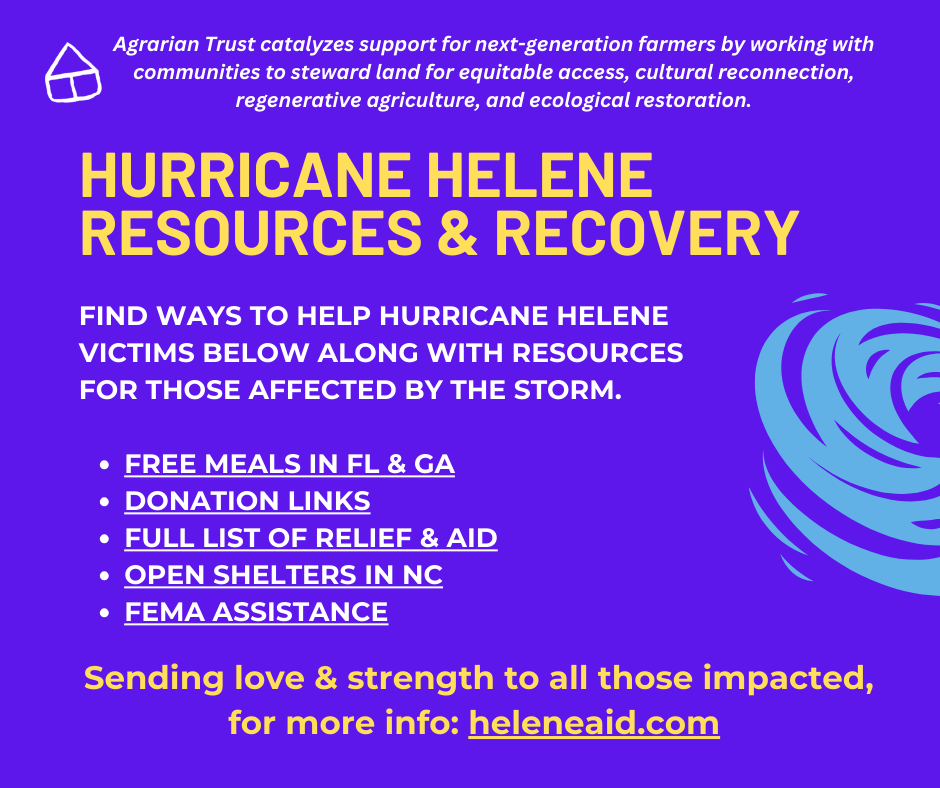As the climate crisis continues to mount, scientists are predicting a sharp increase in the frequency of droughts. The Fourth National Climate Assessment, a book published by the U.S. Global Change Research Program summarizes the risks involved in this forecast: “Increased evaporation rates caused by high temperatures, in association with drought, will exacerbate plant stress, yield reduction, fire risks, and depletion of surface and groundwater resources.” In other words, we are facing a future that will be barraged by wildfires, crop failure, and severe water shortages.
In California and the Midwest, extended droughts have already caused farmers to draw heavily on aquifers (large, underground reservoirs of water) to water their crops. The Ogallala Aquifer, which stretches across much of the Midwest, a region which produces one-fifth of U.S. wheat, corn, and cotton, and over a third of its beef, has already been significantly depleted.
The web of mutual responsibility and dependence between farmers and their communities, and farmers themselves stretches far beyond property lines.
According to the climate assessment, “current extraction for irrigation far exceeds recharge in [the Ogallala] aquifer, and climate change places additional pressure on this critical water resource.” As a result, much of the aquifer “should now be considered a nonrenewable resource.”
The danger of exploiting soil and water supplies is well chronicled in the history of the United States. In the 1930s, during the Dust Bowl, over-tillage coupled with extended drought led to massive dust storms that displaced over 2.5 million people.
Many farms still practice the same traditional tillage that set the stage for this climate catastrophe. Only now, instead of risking the erosion caused by a combination of drought, depleted soil, and wind storms, farms compensate by drawing heavily on the Ogallala Aquifer. The limit of this practice is clear; as the aquifer is depleted, huge dust storms, similar to those faced by Dust Bowl farmers, are tearing across the Midwest.
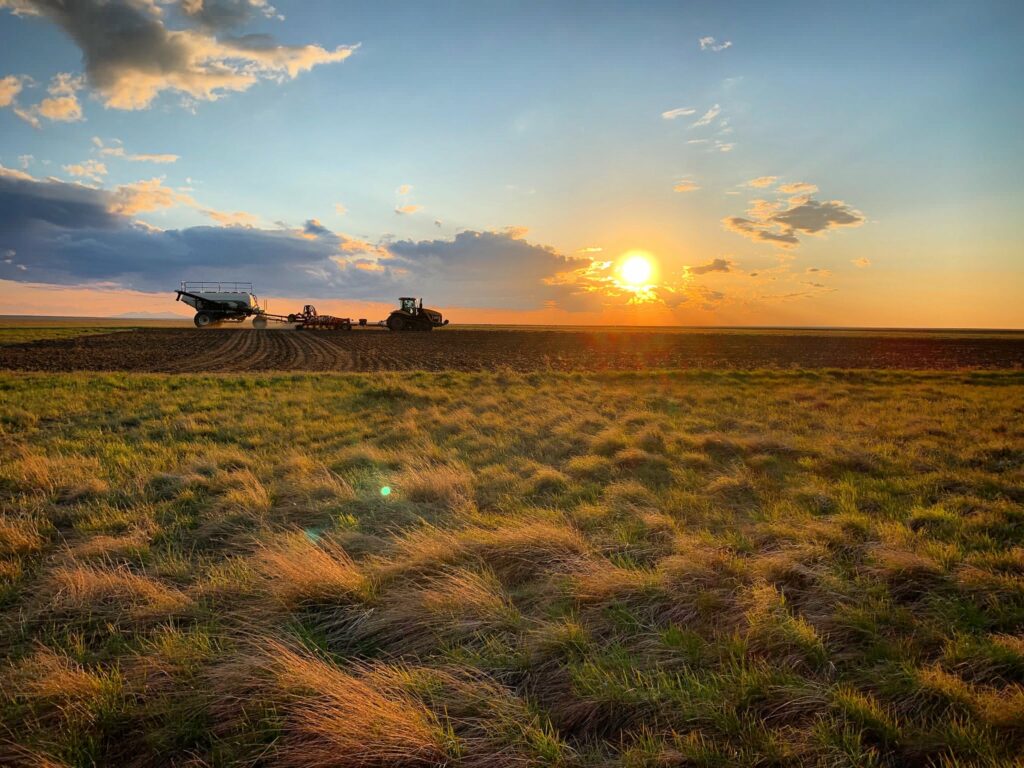
The relationship between water, soil, and climate change in the Midwest demonstrates a principle of interdependence often lost in the individualistic, extractivist relationship to land that characterizes much of our food system.
In short, the ecological health of an individual property, its water level, soil health, biodiversity, and so on, affects the land and community that surrounds it. If one farm over-tills the soil, their land might be the source of flooding, dust storms, and other climate events that affect the surrounding community. If the same farm overdraws from the aquifer that it shares with surrounding farms to irrigate its fields, the aquifer risks being depleted, leaving the region without stable access to water.
The web of mutual responsibility and dependence between farmers and their communities, and farmers themselves stretches far beyond property lines. Many farmers are already deploying strategies such as no-till or regenerative agriculture to ensure that their land retains healthy soil and a thriving ecosystem, rejecting the extractive logic of industrial farming.
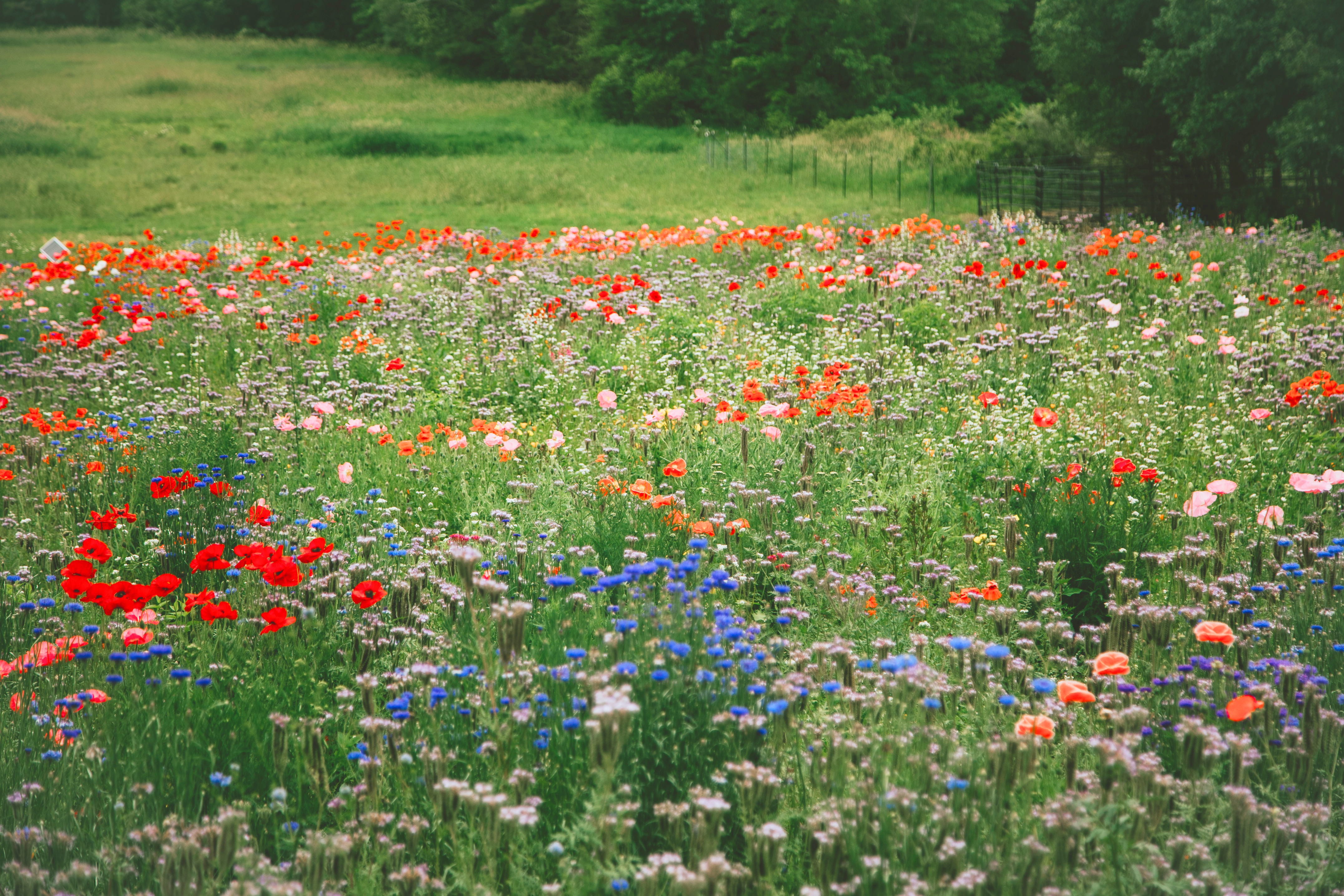
The Agrarian Commons model codifies the web of mutual responsibility implicit in good stewardship. Water, soil, biodiversity, and other factors of environmental health are given unique privilege in Commons leases, ensuring that the stewardship practices of one farm actively support and benefit the ecology of the region as a whole. At the same time, farmers are provided with the support they need to invest in these activities, and are insulated from financial pressures such as expensive lease payments and the insecurity of short-term leases.
While the Agrarian Commons is not the sole solution to over-extraction and the climate crisis, it should be seen as a powerful tool for building climate resilience. For example, farms that practice no-till and regenerative agriculture will mitigate the worst effects of drought and soil depletion. When land is seen as a common inheritance, rather than an individual unit of extraction, it is more effectively managed for the benefit of all. Or, as Woody Guthrie put it:
This land is your land and this land is my land
From California to the New York island
From the redwood forest to the Gulf Stream waters
This land was made for you and me.
